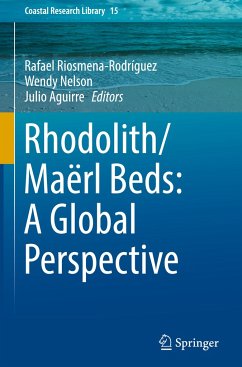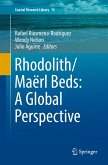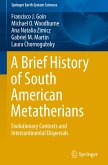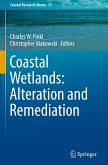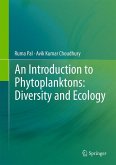Rhodolith beds are recognized internationally as a unique ecosystem, and they are the focus of this interdisciplinary book. These marine beds occur worldwide, from the tropics to the poles, ranging in depth from intertidal to deep subtidal habitats and they are also represented in extensive fossil deposits. In the light of international interest in rhodoliths and maerl concerning their role in coastal ecosystems and with respect to biodiversity, fisheries, and the production of sediment, this book provides the most comprehensive view possible. As readers will discover, rhodoliths/maerl are fundamental to a range of ecological processes, acting as ecosystem engineers including playing key roles in recruitment and providing nursery habitats. Rhodoliths/maerl have been used commercially in some parts of the world, and they are understood to be vulnerable to coastal modifications and human-induced change, and hence their status may serve as an indicator of ecosystem health. Rhodoliths/maerl contribute to global carbon budgets although the extent remains to be evaluated, as do the potential impacts of changing global climates and ocean acidification.
"The reader will find some relevant information about Magnesium, Strontium, Barium, Lithium, Uranium ... .This book is warmly recommended to all persons working with recent and fossils coralline algae, for biologists, palaeontologists as well as for sedimentologists." (Thomas Hofmann, Jahrbuch der Geologischen Bundesanstalt, Vol. 158 (1 - 4), December, 2018)
